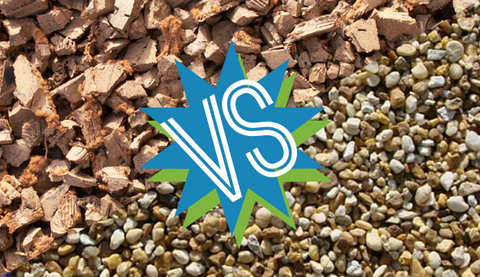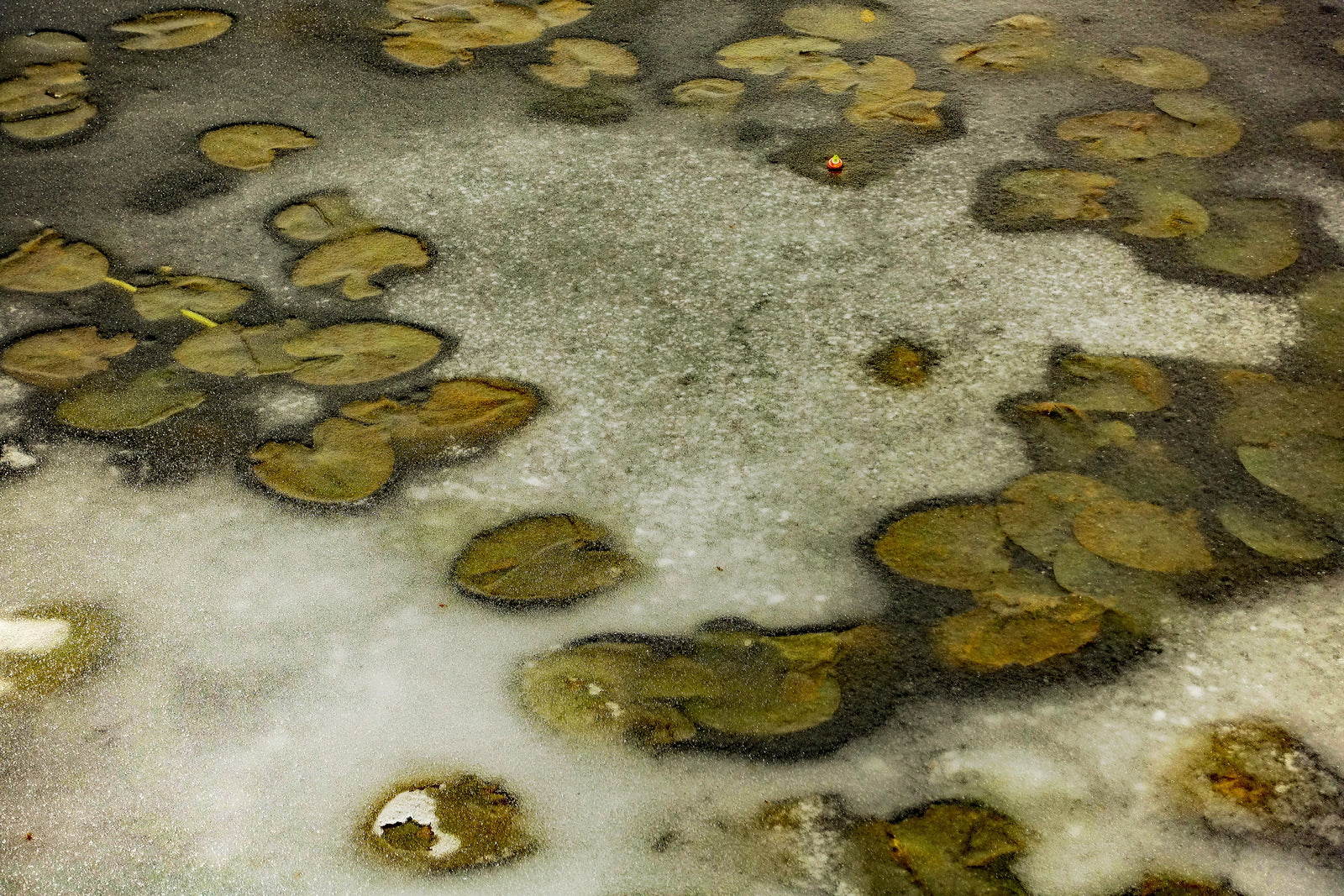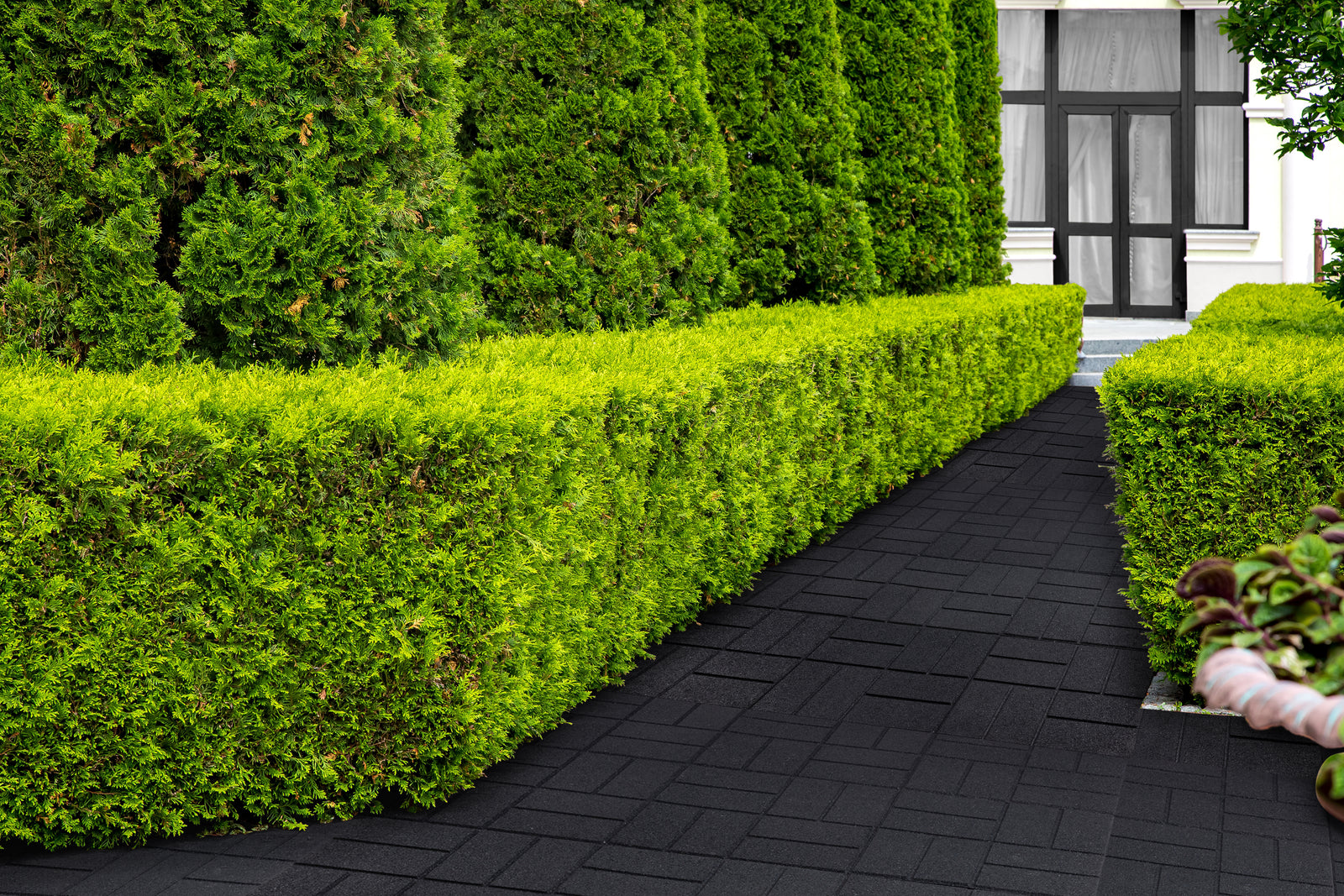July 23, 2023
Rubber Mulch Vs. Pea Gravel

What are the safety considerations when choosing between rubber mulch and pea gravel for playground surfacing?
Safety is paramount in playground surfacing. Pea gravel, made of smooth, uniformly sized stones, offers adequate fall protection up to 5 feet with a 9-inch depth. However, it can harden in cold weather, potentially increasing the risk of injury. In contrast, rubber mulch, produced from recycled tires, provides superior cushioning. With a 6-inch depth, it can safeguard against falls from up to 12 feet. Rubber mulch's soft surface is less abrasive and remains consistent in different temperatures, making it a safer choice, particularly in areas with fluctuating weather conditions.
How does the maintenance of rubber mulch compare to that of pea gravel in playground settings?
Maintenance differs significantly between rubber mulch and pea gravel. Pea gravel requires regular inspections, raking for consistent depth, and occasional replenishment. Over time, it can form hard pans in high-use areas, posing a safety concern. Rubber mulch, however, is lower maintenance. It does not compact or degrade, maintaining its cushioning effect and structural integrity even under frequent use and in various weather conditions. This durability translates to less frequent maintenance and potential cost savings over time.
What are the visual appeal differences between rubber mulch and pea gravel for playground surfaces?
The aesthetic appeal of playground surfaces is an important consideration. Pea gravel offers a natural, organic look, typically gray but with possible color variations. It suits playgrounds with a rustic, nature-themed design. Rubber mulch, available in a broad range of colors, provides more design flexibility. It can be used to create vibrant, engaging play areas, with options for either earth tones or bright colors. This versatility allows for more creative and visually stimulating playground designs.
How does the price of rubber mulch compare to pea gravel for playground surfacing?
In terms of cost, pea gravel is generally more economical than rubber mulch. While rubber mulch has a higher initial price, its long-term benefits, such as durability and lower maintenance, can offset the initial expense. Rubber mulch's safety features and longevity make it a worthwhile investment despite its higher upfront cost. On the other hand, synthetic surfaces, offering different advantages, are significantly more expensive than both pea gravel and rubber mulch.
What are the key factors to consider when deciding between rubber mulch and pea gravel for playground surfaces?
When selecting a playground surface, safety should be the top priority. Rubber mulch stands out for its excellent cushioning ability and adaptability to different climates. While pea gravel offers some protection, it may demand more upkeep and could be less suitable in colder regions. The aesthetic flexibility and range of color options with rubber mulch allow for more creative playground designs. Although it's more expensive initially, the long-term benefits of rubber mulch, including safety and reduced maintenance, make it a valuable investment. Balancing these factors, including safety, maintenance, aesthetic appeal, and cost, is crucial for making an informed decision for a playground surface.

Also in Rubber Mulch Blog

Effective Mold and Fungi Prevention: The Hidden Value of Rubber Mulch
October 31, 2024

Create Your Own Sensory Path with Rubber Pavers
October 28, 2024

Install Rubber Pavers for a Garden Pathway Makeover!
October 15, 2024
shop
Copyright © 2025 RubberMulch.com - All Rights Reserved.






